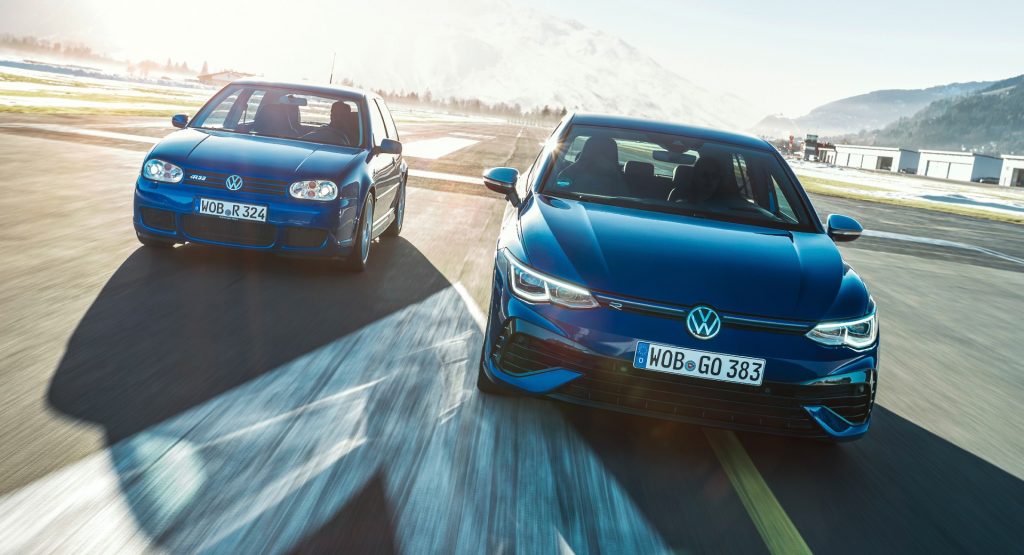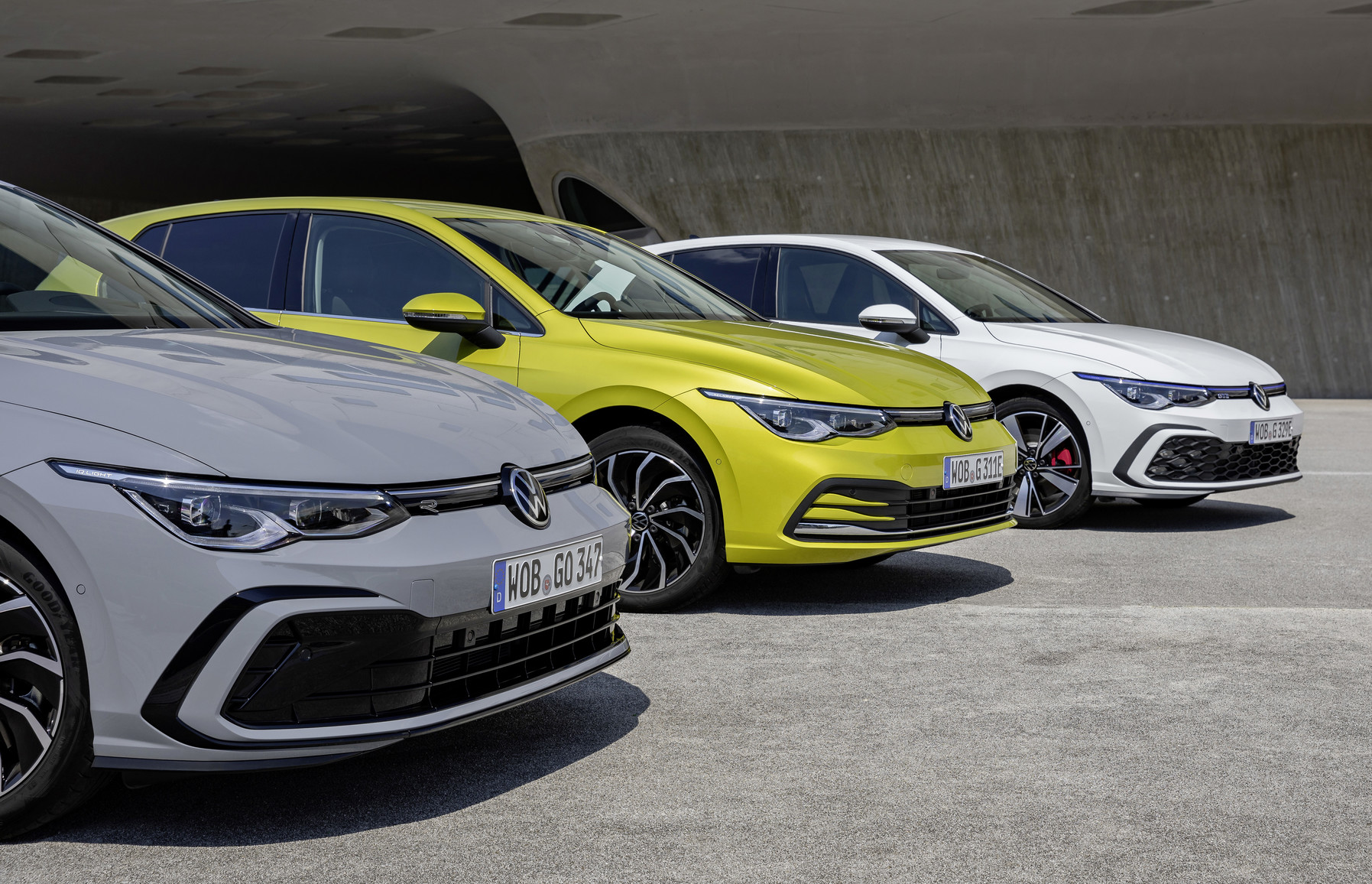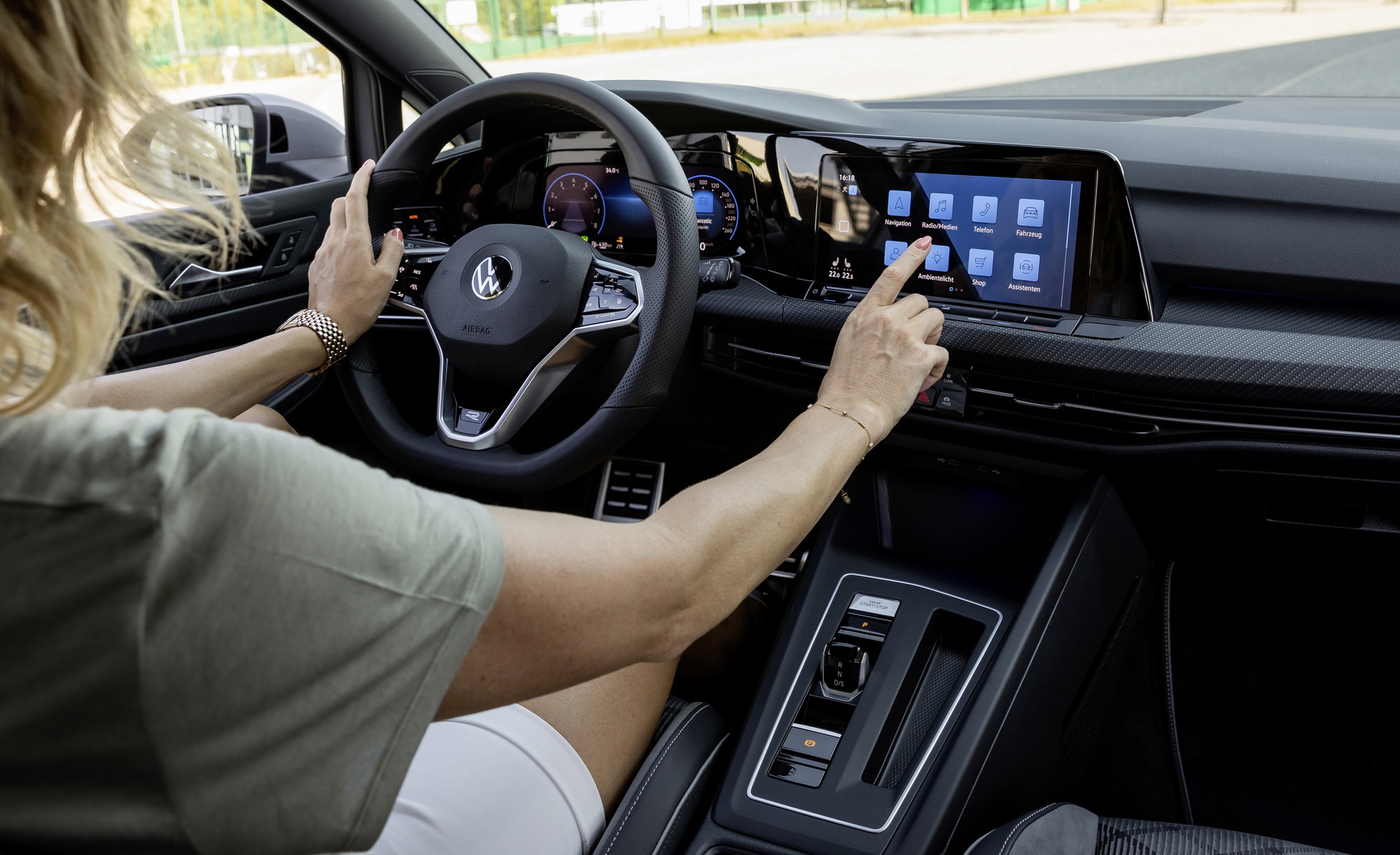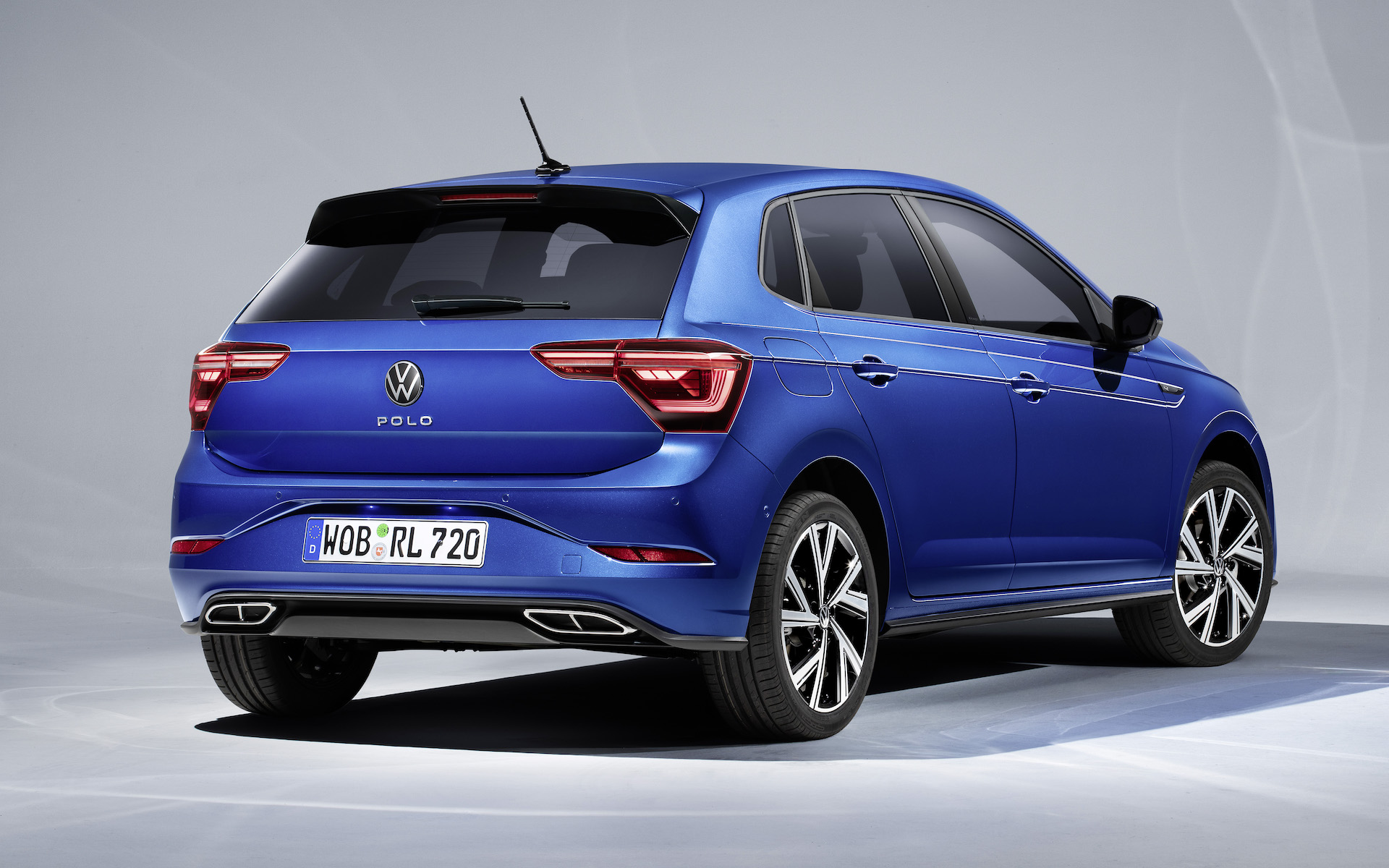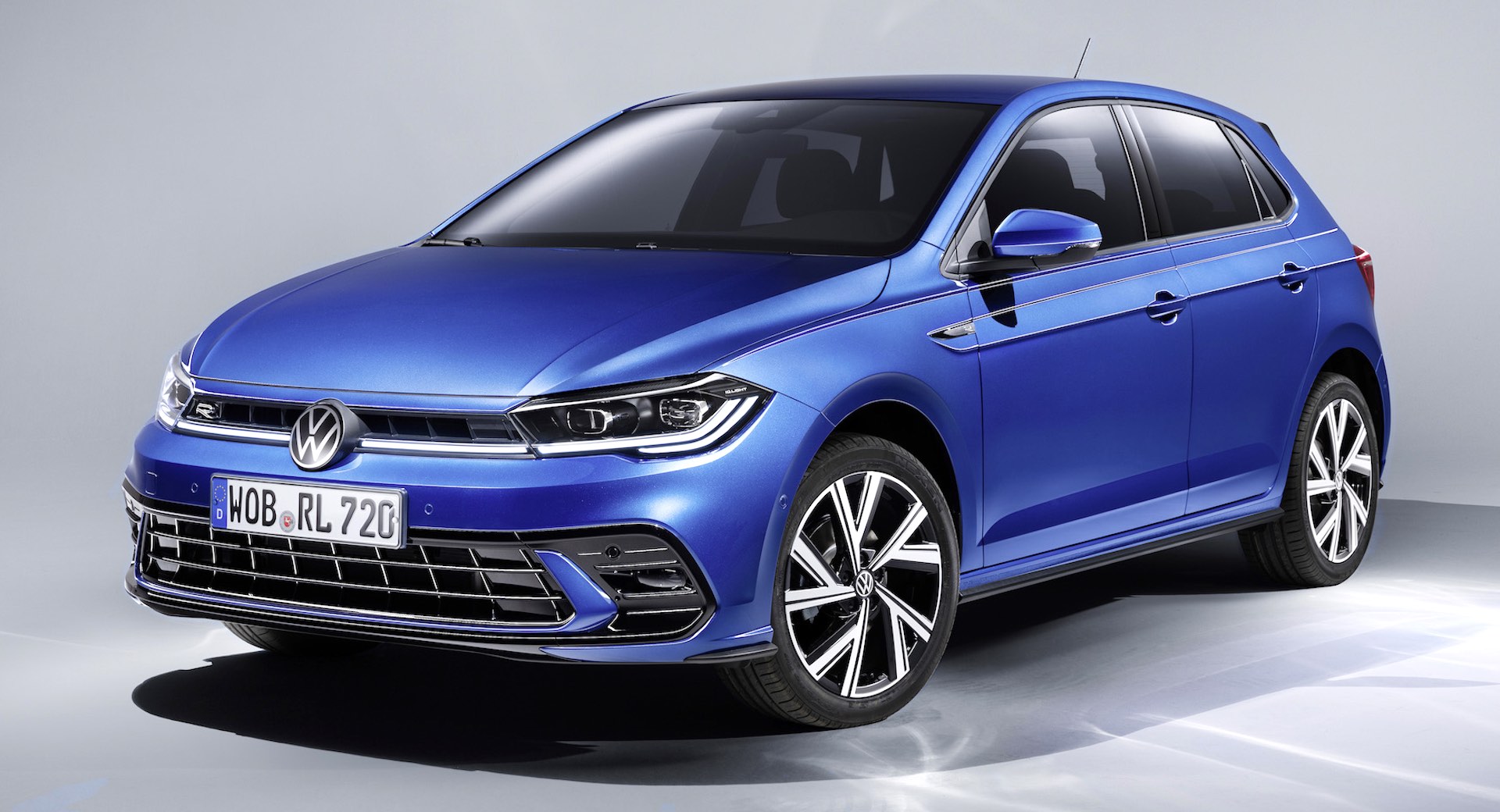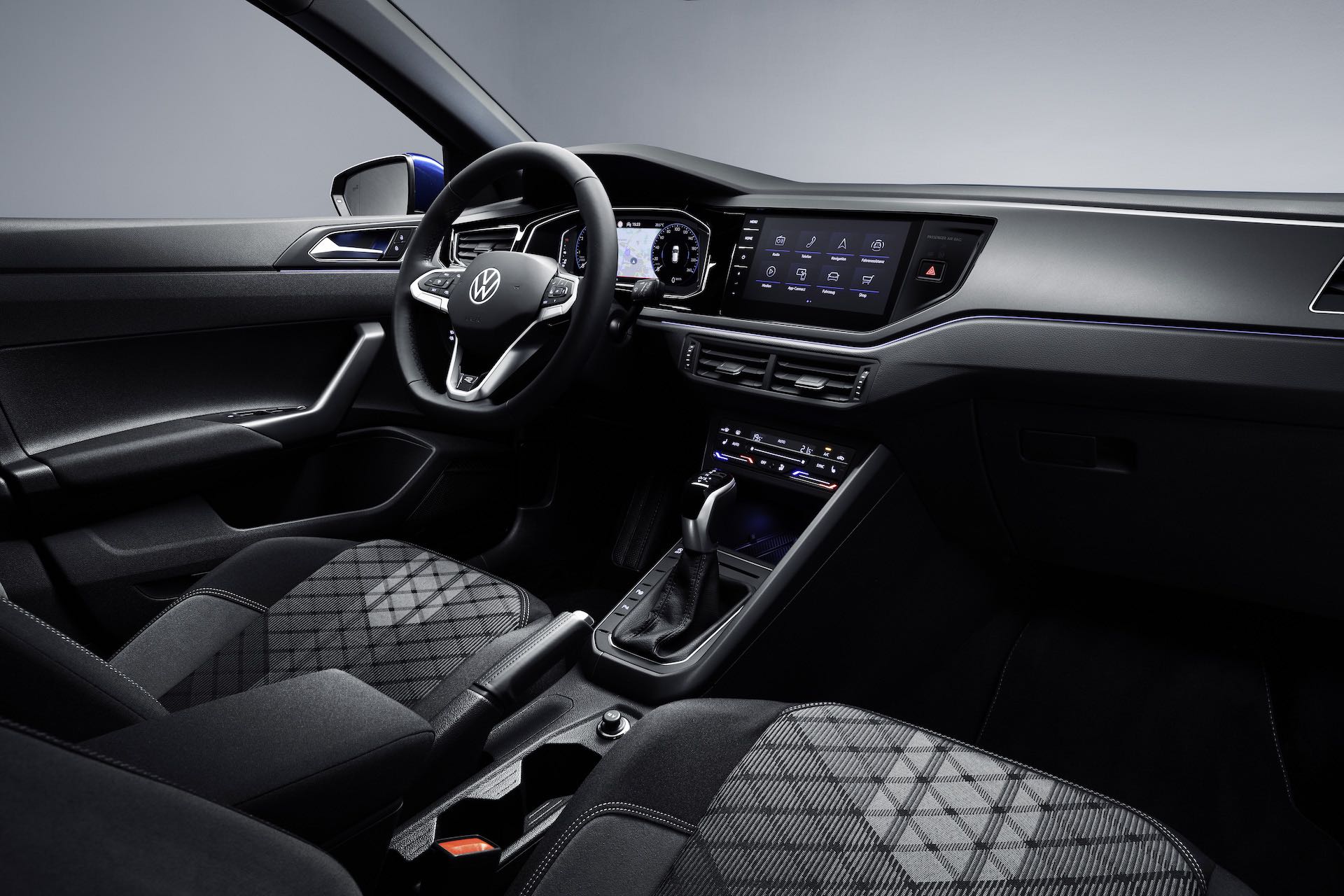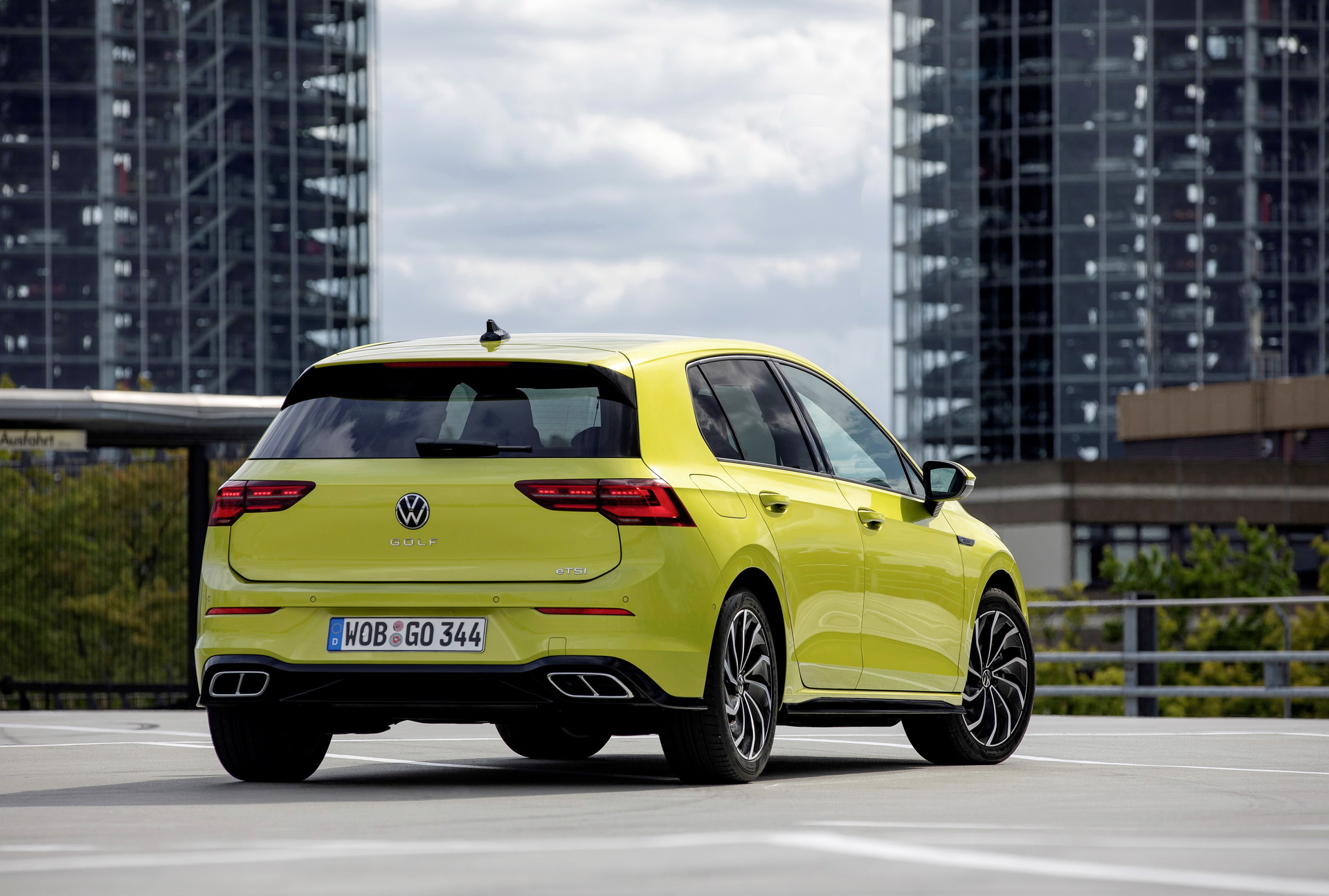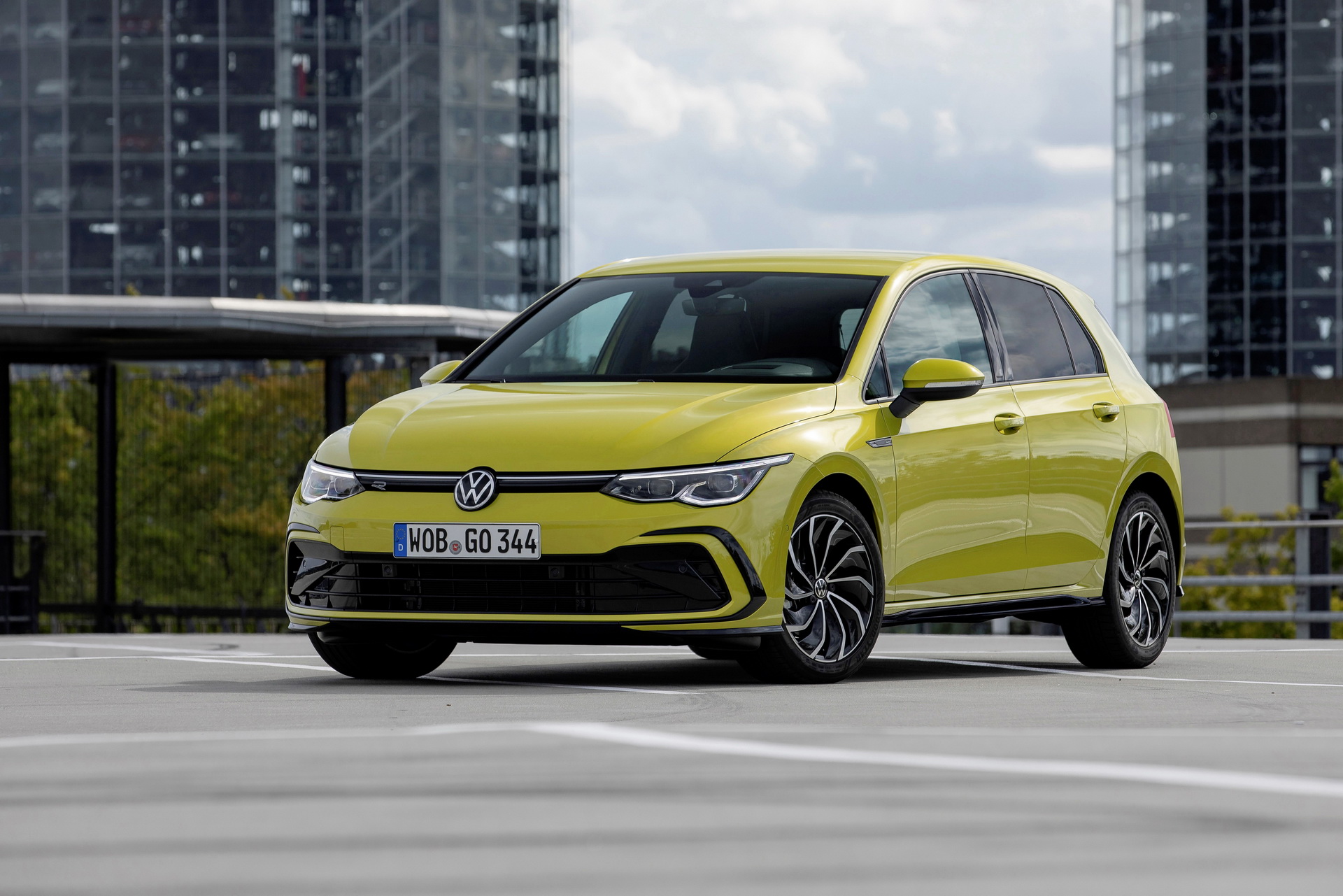Those who complain about how expensive new cars have become seem to be right, as proven by a direct comparison of the average list prices in Europe. A report by the German website Automobilwoche suggests that the average list price for C-Segment models in Europe has grown a full 63 percent from 2002 to 2020, while B-Segment vehicles saw a 59 percent increase in the same period. This can be attributed to more tech and safety equipment found in modern vehicles, electrification, and also due to buyers’ preferences for more expensive trim levels.
According to data by Jato Dynamics, the average listing price for a C-Segment hatchback (Ford Focus, Opel Astra, Peugeot 308, Renault Megane, Toyota Corolla, Volkswagen Golf, etc.) has grown from €18,400 in 2002 to almost €30,000 in 2020, which is an increase of 63 percent. If we exclude electrified vehicles, the prices of ICE-powered vehicles have still grown by 53 percent in the same period.
See Also: Australia Is The Cheapest Country To Own A Car Leaving US In Second Place
Although the increase is quite substantial, it doesn’t take inflation into account. Using an inflation calculator we found out that €18,400 in 2002 translates to roughly €24,756 in 2020 money. Still, that’s a 21 percent increase in the average price of a compact car which can be attributed to a number of factors.
The development costs for modern vehicles are greater than they used to be two decades ago. Automakers are trying hard to comply with strict emission regulations by creating cleaner engines and adding electrification. If you add the software and hardware needed for all of the infotainment and the ADAS systems including a large number of sensors and cameras, you can see why prices of new cars are continuously increasing.
Another important factor is that people are more prone to buying more expensive variants of each model compared to the past. Jato Dynamics suggests that the widespread use of private leasing makes well-spec trim levels more attractive to leasing customers as the extra features represent only a small difference in their monthly payments.
If we look at the VW Golf best-seller, its average price rose by 22 percent between 2002-2010, and by an additional 37 percent in the 2010-2020 period. Here we have to consider the mild-hybrid and plug-in hybrid versions of the Golf that are selling quite well, and together with the high-end models (R-Line) and the numerous performance variants (GTI, GTD, GTE, GTI Clubsport, R) contribute to the increased average listing price.
Regarding the smaller supermini segment (B-Segment), prices have also been increasing in a similar manner. Overall, B-Segment vehicles (VW Polo, Ford Fiesta, Opel Corsa, Toyota Yaris, Renault Clio, etc.) have gotten 59 percent more expensive from the €13,000 average price in 2002 to the €21,000 average price of 2020. For example, for the popular VW Polo, its average price in Germany increased by 18 percent between 2002-2010 and by 35 percent between 2010-2020.
Read Also: EVs Will Be Cheaper Than ICE Cars By 2027 According To Forecasts
Given that in a few years’ time ICE-powered cars will be gradually phased out, we expect the increase in average prices of cars to continue for a while. According to recent forecasts, BEVs will be cheaper than ICE-powered vehicles in Europe as early as 2027 thanks to economies of scale and the anticipated lower cost of batteries.








